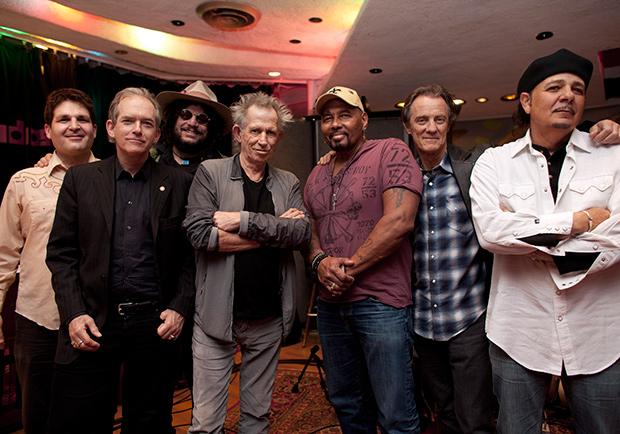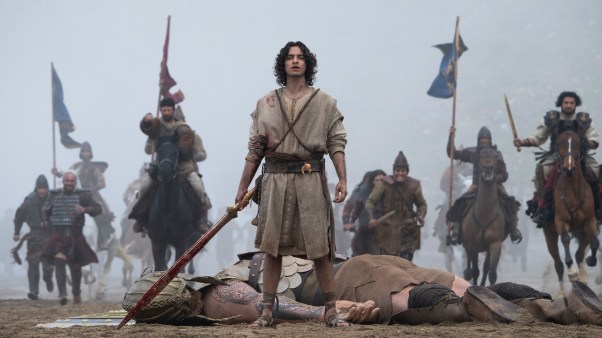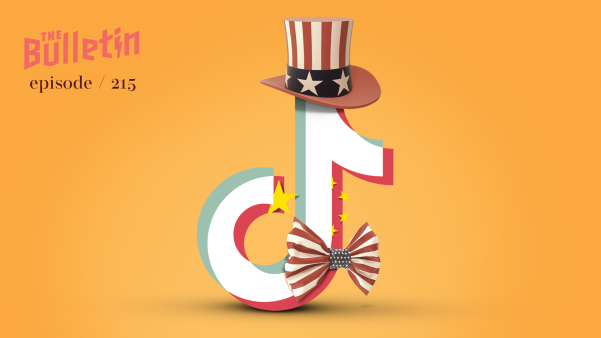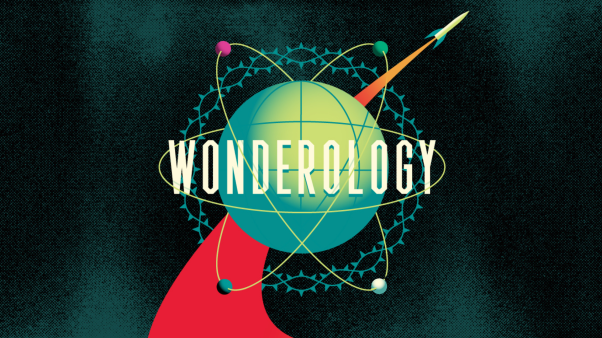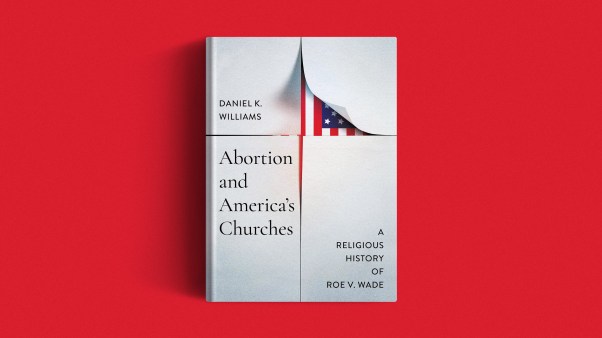Jesus called a tax collector—a stooge of the oppressive Roman Empire—and a revolutionary insurrectionist to be among his twelve closest companions. So perhaps it shouldn't be a big surprise to hear the unexpected musical collaboration between Keith Richards and Aaron Neville. But it is.
Richards, rock'n'roll's resident bad boy, is known as much for his debauchery and self-destructive lifestyle as he is for his indelible guitar riffs with The Rolling Stones. Neville, whose distinguished soul and R&B career now stretches back 50 years, is coming off a stellar gospel album, 2010's I Know I've Been Changed. Neville's new My True Story,which releases today, pairs this most unlikely of musical odd couples.
And, only slightly less surprisingly, it sounds fantastic. Neville's angelic tenor soars above a dozen doo-wop and early rock classics. Richards's stinging guitar adds needed grit and ballast to what could have been an ethereal session. The resulting album is a near-perfect merger of sonic beauty and power. Go figure.
So I did, or at least I tried. What is it about these unexpected musical collaborations that is so satisfying when they work? Part of the reason, I'm sure, is the simple delight in experiencing seemingly incongruous sounds that no one ever expected to hear together. But I also suspect that Jesus may have been onto something. Different—sometimes very different—personalities and backgrounds create a synergy that is greater than the sum of the parts. And when those wildly different personalities, styles, and musical genres collide and spark, sometimes something magical happens.
Of course, it probably goes without saying that many oddball collaborations are simply, well, odd, and little more. When David Bowie sang "The Little Drummer Boy"with Bing Crosby on a 1977 Crosby Christmas special, few viewed the unexpected musical pairing as anything other than a novelty, and not a particularly successful novelty at that. The same is true for the nearly unfathomable musical merger of heavy metal band Metallica with the San Francisco Symphony Orchestra, or the excruciating strangenessof Soul Brother No. 1 James Brown's duet with legendary opera tenor Luciano Pavarotti.
But occasionally the peculiar juxtaposition of dissimilar artists is inspired and revelatory. Here are four oddball pairings that worked well.
Robert Plant and Alison Krauss
Raising Sand(2007)
Few would have expected the serendipity of pairing Robert Plant, the Viking banshee of Led Zeppelin, with country thrush Alison Krauss. There was little in the Led Zeppelin catalogue that would have predicted Plant's interest in Americana and roots music. Nor had Krauss shown much interest in rock 'n' roll. But Plant finds an unexpected gentleness and sweetness in dialing back the histrionics, and Krauss matches him phrase for phrase, laying down vocals that are honey-drenched and altogether lovely. The thrill is in hearingtwo voicesfrom different eras and different genres, locking into the pure joy of harmony singing.
U2 and Luciano Pavarotti
"Miss Sarajevo" (1995)
Pavarotti's pop connections could raise some eyebrows (see Pavarotti and James Brown, above). But this inspired collaborationbetween the biggest rock band in the world and the biggest opera star in a constellation of outsized egos is notable not so much for its sonic fireworks as for its sonic contrasts. Bono, no stranger to vocal histrionics himself, delivers a subdued, pensive rumination on indomitable beauty in the midst of war and devastation. Pavarotti's solo in the middle of the song is huge, romantic, and over the top—everything that Bono's singing is not—a distillation of Bono's philosophical musings in pure, liquid sound. It's a devastating performance, as profoundly lovely as it is unlikely.
Jack White and Loretta Lynn
Van Lear Rose(2004)
Loretta Lynn was a 70-year-old woman, albeit a country music legend, when she received the surprising news that garage rockers The White Stripes had dedicated their breakthrough albumWhite Blood Cellsto her. The unexpected news led to an even more unexpected collaboration, 2004's Van Lear Rose, an album produced by White Stripes leader Jack White. White's slide guitar work stomps all over every song, and Lynn sounds more invigorated and engaged than she had in decades. Together they virtually invented a new musical genre—garage country.
Bettye Lavette and The Drive-By Truckers
The Scene of the Crime(2007)
Bettye Lavette is a veteran African American soul singer and a survivor of the mean streets of Detroit. The Drive-By Truckers are a southern rock band from Alabama, heirs to the sounds of The Allman Brothers and Lynyrd Skynyrd. The backgrounds suggest irreconcilable differences, not only musically, but culturally. But these aren't the good ol' boys of the '70s, and Muscle Shoals, the meeting ground of these very different artists, has been the scene of some of the greatest soul music ever recorded. The resulting album, 2007's The Scene of the Crime, is a neo-soul masterpiece; Lavette's anguished, raw vocals colliding with a rock band hitting on all cylinders.
This list, of course, reflects my personal preferences. Your list probably looks different from mine, and that's part of a worthwhile ongoing musical conversation. But surprise and incongruity have always been hallmarks of good music, from Stravinsky's The Rite of Spring, whose jagged rhythms and atonal discord actually caused riots at its Paris premiere, to Enigma's inspired merger of hip-hop beats and pious monks intoning Gregorian chants. The unexpected always elicits a strong response. Not everyone loves it, but no one emerges without a reaction.
Keith Richards and Aaron Neville stand within a proud albeit strange tradition: who would'a thunk it? Fortunately for us, someone did

